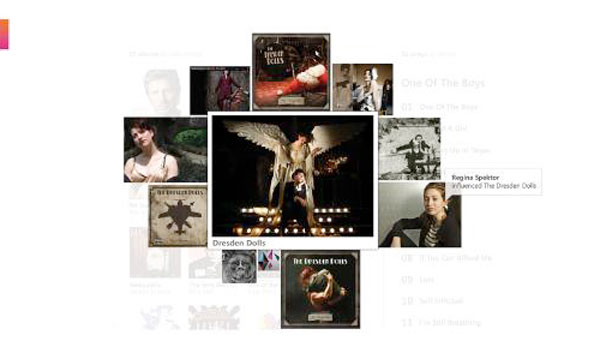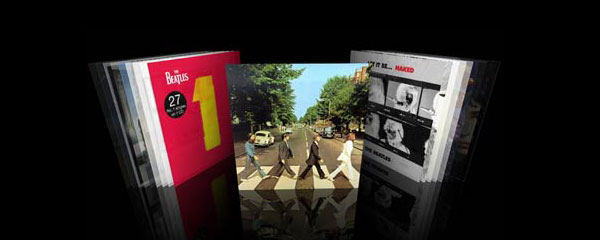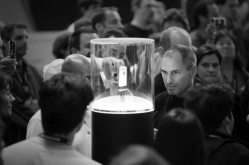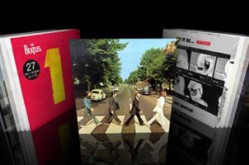Experiencing “content”
The intention of Cover Flow was to re-introduce the experience of flipping through album covers, as they were in cases or sleeves, back to digital music. The experience of music itself is beyond the acoustics; emotions and events are embedded in words and melody, and album covers became the visual queue of such interaction. It is “a faster, more artistically complex, and more emotionally potent way to experience our music collections.â€. Browsing through album covers hence became a personal experience of not only browsing through music, but through precious life moments and events.
Ever since Apple purchased the rights to Cover Flow, millions of users were once again re-immersed with the interest of “album artâ€. Though the experience has been re-introduced, the authenticity of this experience had been reduced in the acquisition. No longer are the covers arranged in an aerial perspective in virtual free space, a rather genuine and immersive point of view, but the simulation of flow, and fluid re-arranging animations as users are searching through albums in real-time, are lost in translation.
In my opinion however Cover Flow is not an efficient method of browsing, for any form of content; flipping through covers linearly is a dated experience. Not only are there a restricted number of covers displayed at each instance, but covers overlap. In terms of conveying content, it is in no doubt, contrived and constrained. If visual browsing is the method of browsing moving forward, and given its inherent semantic potentials, how then should visual browsing be in the digital era?

The priority of any browsing interface is to provide users with as much content to explore as possible, hence be able to grasp and process the content thoroughly and efficiently. In terms of visual browsing one interface is continuously at the forefront of this philosophy, iPhoto. Not only can users glance through their albums fluently, but users can define the scale of the photographs, hence adjust the amount of content to display, in real-time. This is the reason why this interface has not just been reproduced throughout the industry, but in the latest version of iTunes do we see this very interface for browsing albums using album art.
The logical progression is to explore how technology can enhance this experience beyond just browsing our content, but have a tailored experience based on interests. This is building on the potential of metadata, and by means of expressing relevant content using metadata. In this essence the interface gathers and evaluates user trends and preferences, and display the relevant content rather than placing users immediately in the content pool. Through this process the interface can in parallel, predict the field of interest, and using previous local or global trends, recommend comparable content. This is incorporating the intelligence of semantics, knowledge representation and network mapping, into contemporary, every-day technology.
This is no vague Genius feature, but one inspired by content mapping of musicplasma and the front-end of MixView from the Zune software. This is about visual browsing, and how interface can lead user experience. Content mapping evaluates usage in the background, and proceeds to compose maps of inter-connecting media using metadata. In the front-end users are guided through content by an intuitive yet immersive content cloud, placing prominent content in the forefront of the cloud floating in virtual space, and recommend relevant content in the contiguous space. In order to ensure the experience is to be fluid and engaging, performance is crucial; the interface should be independent to real-time, back-end search and data feeds.

The philosophy of content mapping is open to any content. It is ideal if the scope of content mapping expands throughout the operating system, perhaps even binding local and global content, and incorporate the potential of multi-touch in the interface experience. It is necessary however to note that the fundamentals of experiencing content, is not only to enhance browsing efficiency by means of an innovative and immersive interface, but to expand seamless browsing relevance cross-platform, and even explore the potential of semantics and intelligence in the digital age.
Visual browsing is the future.
Cover Flow was invented by artist Andrew Coulter Enright, and implimented by independent Macintosh developer Jonathan del Strother. Cover Flow was purchased by Apple in 2006.
1. Album artwork is back!, Simon Collison’s Blog.
2. Zune’s recommendations make Genius look average, Wired.









